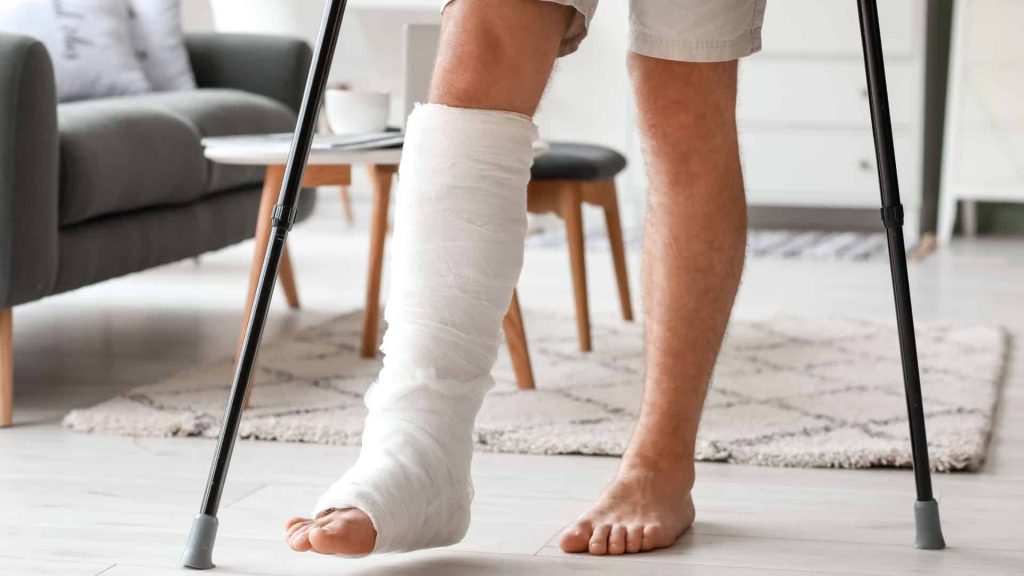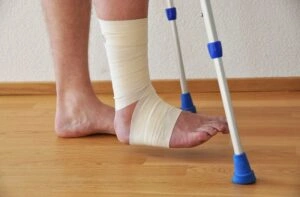Understanding Post-Fracture Stiffness in Physiotherapy Rehabilitation Strategies and Considerations
Post fracture stiffness therapy in Brantford Fractures are traumatic injuries that not only damage bone integrity but also affect surrounding tissues, leading to a spectrum of complications, including stiffness. Post-fracture stiffness, characterized by reduced range of motion (ROM) and functional limitations, poses significant challenges in physiotherapy and rehabilitation. This article explores the causes, assessment methods, and effective physiotherapeutic interventions aimed at managing and improving outcomes for patients dealing with post-fracture stiffness.
Causes of Post-Fracture Stiffness
Post fracture stiffness therapy in Brantford primarily arises from immobilization and subsequent disuse of the affected limb or joint. Immobilization is often necessary during the initial stages of fracture healing to ensure proper bone alignment and stability. However, prolonged immobilization can lead to joint contractures, muscle atrophy, and restricted ROM due to soft tissue adhesions and joint capsule fibrosis.
Additionally, surgical interventions such as internal fixation or external fixation devices can contribute to stiffness by altering the biomechanics of the affected limb and limiting joint movement during the early stages of recovery.

Assessment of Stiffness
Assessing Post fracture stiffness therapy in Brantford involves a comprehensive evaluation of both subjective symptoms reported by the patient and objective measures of joint function. Common assessment tools include:
- Visual Inspection and Palpation: Physiotherapists visually inspect and palpate the affected limb to assess for swelling, muscle wasting, and joint alignment.
- Range of Motion Testing: Active and passive ROM testing is crucial to identify limitations and gauge progress over time. Goniometers and other measurement tools are used to quantify joint angles and compare them with the unaffected limb.
- Functional Performance Tests: Assessing functional tasks like walking, climbing stairs, or gripping objects provides insights into how stiffness affects daily activities.
- Imaging Studies: X-rays, CT scans, and MRI assess bone healing, joint alignment, and soft tissue changes causing stiffness.
Physiotherapeutic Interventions
Effective management of Post fracture stiffness therapy in Brantford requires a tailored approach that addresses both the specific biomechanical deficits and the individual goals of the patient. Physiotherapeutic interventions commonly include:
- Manual Therapy: Soft tissue mobilization, joint mobilizations, and passive stretching reduce adhesions, enhance tissue flexibility, and restore joint mobility.
- Active Exercise Programs: Progressive strengthening exercises boost muscle mass, endurance, and joint stability around the affected joint.
- Modalities: Heat, cold therapy, ultrasound, and electrical stimulation help reduce pain, inflammation, and promote tissue healing.
- Patient Education: Educating patients on exercise, posture, and ergonomics empowers them to actively engage in their recovery.
- Functional Training: Simulating activities of daily living and sports-specific movements helps patients regain confidence and functional independence.
Challenges and Considerations
Managing post-fracture stiffness therapy in Brantford is challenging due to varied individual healing responses. Fracture complexity, associated injuries, and patient adherence to rehab protocols affect recovery outcomes. Moreover, psychological factors such as fear of movement or anxiety related to re-injury can hinder progress.
Effective communication among physiotherapists, orthopedic surgeons, and other healthcare professionals ensures cohesive treatment plans and continuity of care.
Post fracture stiffness in Brantford represents a significant hurdle in the rehabilitation journey for many patients. Physiotherapists improve function and reduce stiffness with early mobilization, targeted therapy, and education, tailoring plans to individual needs. Integrating evidence-based practices and promoting collaborative care enhances treatment effectiveness and patient outcomes. physiotherapists play a pivotal role in helping patients regain mobility, independence, and quality of life following fractures.


